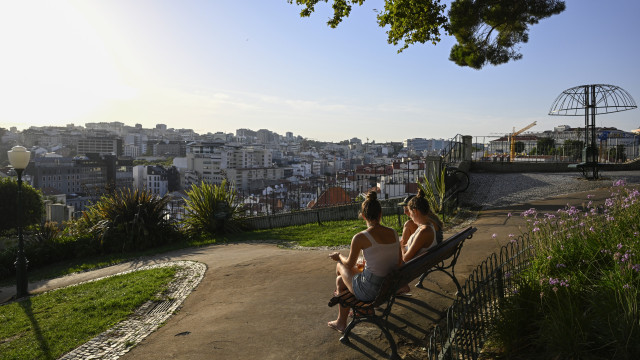
The project ‘Alimentação Artificial a Sul do Esporão da Barra – Ílhavo’, led by the Portuguese Environment Agency (APA), involves an intervention extending approximately 700 meters in the parish of Gafanha da Encarnação, within the municipality of Ílhavo.
The operation includes beach nourishment using sediments from maintenance dredging at the Port of Aveiro. This effort aims to restore and reinforce the dune system, providing a natural defense against coastal encroachment.
The removal of outdated groynes, with their materials repurposed to strengthen the southern groyne at Barra, as well as the relocation and enhancement of walkways and fences for dune vegetation regeneration, are integral components of the initiative.
The project addresses the “escalating coastal erosion along that stretch, which poses a threat to the dunes, beach walkways, and various public and tourist infrastructures in the Costa Nova area, exacerbated by recent extreme weather events in the region,” as stated in the announcement.
According to the Ministry of Environment and Energy, the measures are “aligned” with the principles of Plano de Ação Litoral XXI, as well as national commitments regarding climate change adaptation and coastal protection.
“This intervention exemplifies what a modern approach to coastal risks should be: technical, swift, and environmentally sustainable. We are safeguarding people, assets, and natural heritage with nature-based and resource-reuse solutions,” stated the Environment Minister, Maria da Graça Carvalho, in the announcement.
Funding is provided by the Agência para o Clima through the Environmental Fund, with execution by the APA.
In February, the sea encroached on the dune system due to tides and strong waves, damaging part of the walkway connecting the Barra and Costa Nova beaches.
“Since 2023, we have been urging the Portuguese Environment Agency (APA) to resolve the issue of the sea advancing on the dunes in that area,” lamented João Campolargo, the Mayor of Ílhavo, at the time.




